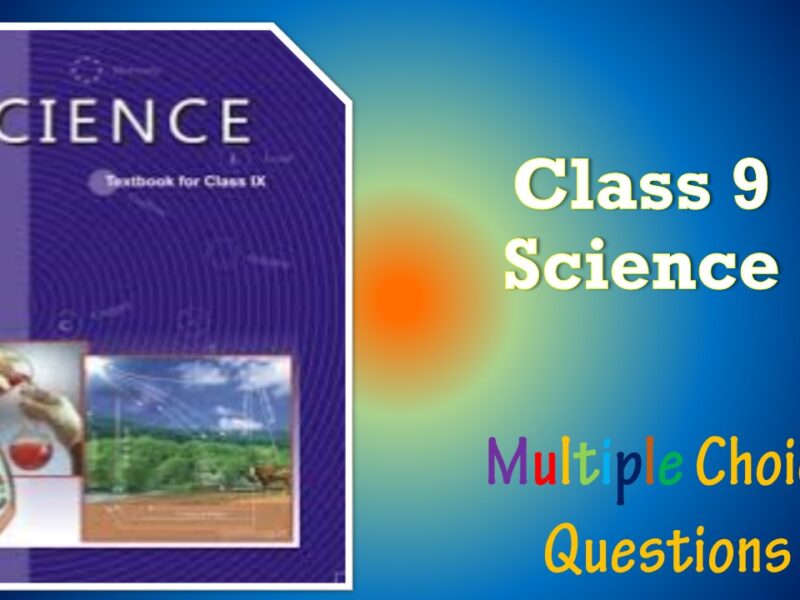CBSE Class 12 Organisms and Populations Multiple Choice Questions with Answers. MCQ Questions Class 12 Organisms and Populations with Answers Is Prepared Based on Latest Exam Pattern. Students can solve NCERT MCQ questions Class 12 Organisms and Populations with Answers to know their preparation level.
Students who are searching for NCERT MCQ Questions Class 12 Organisms and Populations with Answers are compiled here to get good practice on all fundamentals. Know your preparation level on MCQ Questions for Class 12 Organisms and Populations with Answers. You can also verify your answers from the provided MCQ Class 12 Organisms and Populations with Answers. So, ace up your preparation with MCQ of Class 12 Biology Examinations.
MCQ Questions Class 12 Organisms and Populations with Answers - Set - 4
Question 1:
Niche overlap indicates
(a) mutualism between two species
(b) active cooperation between two species
(c) two different parasites on the same host
(d) sharing of one or more resources between the two species.
Correct Answer – (D)
Question 2:
Large woody vines are more commonly found in
(a) temperate forests
(b) mangroves
(c) tropical rainforests
(d) alpine forests.
Correct Answer – (C)
Question 3:
Niche overlap indicates
(a) mutualism between two species
(b) active cooperation between two species
(c) two different parasites on the same host
(d) sharing of one or more resources between the two species.
Correct Answer – (D)
Question 4:
Pneumatophores occur in
(a) halophytes
(b) free-floating hydrophytes
(c) carnivorous plants
(d) submerged hydrophytes
Correct Answer – (A)
Question 5:
Which plants is found in mangroove zone?
(a) Rhizophora
(b) Acacia
(c) Pinus
(d) Tectona grandis
Correct Answer – (A)
MCQ Questions Class 12 Organisms and Populations With Answers
Question 6:
Reduction in vascular tissue, mechanical tissue and cuticle is characteristic of
(a) mesophytes
(b) epiphytes
(c) hydrophytes
(d) xerophytes
Correct Answer – (C)
Question 7:
Which one of the following is not a parasitic adaptation?
(a) Development of adhesive organs
(b) Loss of digestive organs
(c) Loss of reproductive capacity
(d) Loss of unnecessary sense organs
Correct Answer – (C)
Question 8:
An association of individuals of different species living in the same habitat and having functional interactions is
(a) ecosystem
(b) population
(c) ecological niche
(d) biotic community.
Correct Answer – (D)
Question 9:
Soil transported by air is:
(a) Alluvial
(b) Glacial
(c) Colluvial
(d) Eolian
Correct Answer – (D)
Question 10:
When births are equal to deaths, it is:
(a) Plateau stage
(b) Exponential stage
(c) Early growth stage
(d) Acceleration stage
Correct Answer – (A)
- NCERT Solutions Class 11 Chemistry Chapter 1 : Some Basic Concepts of Chemistry
- NCERT Solutions Class 11 Chemistry Chapter 2 : Structure Of The Atom
- NCERT Solutions Class 11 Chemistry Chapter 3 : Classification of Elements and Periodicity in Properties
- NCERT Solutions Class 11 Chemistry Chapter 4 : Chemical Bonding and Molecular Structure
- NCERT Solutions Class 11 Chemistry Chapter 5 : States of Matter
- NCERT Solutions Class 11 Chemistry Chapter 6 : Thermodynamics
- NCERT Solutions Class 11 Chemistry Chapter 7 : Equilibrium
- NCERT Solutions Class 11 Chemistry Chapter 8 : Redox Reactions
- NCERT Solutions Class 11 Chemistry Chapter 9 : Hydrogen
- NCERT Solutions Class 11 Chemistry Chapter 10 : The s-Block Elements
- NCERT Solutions Class 11 Chemistry Chapter 11 : The p-Block Elements
- NCERT Solutions Class 11 Chemistry Chapter 12 : Organic Chemistry: Some Basic Principles and Techniques
- NCERT Solutions Class 11 Chemistry Chapter 13 : Hydrocarbons
- NCERT Solutions Class 11 Chemistry Chapter 14 : Environmental Chemistry




